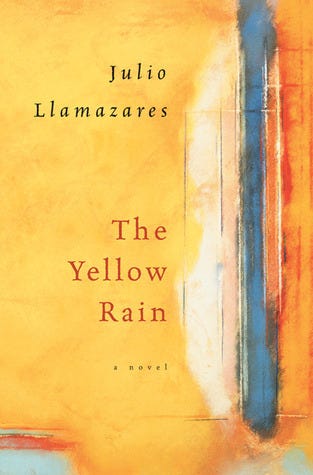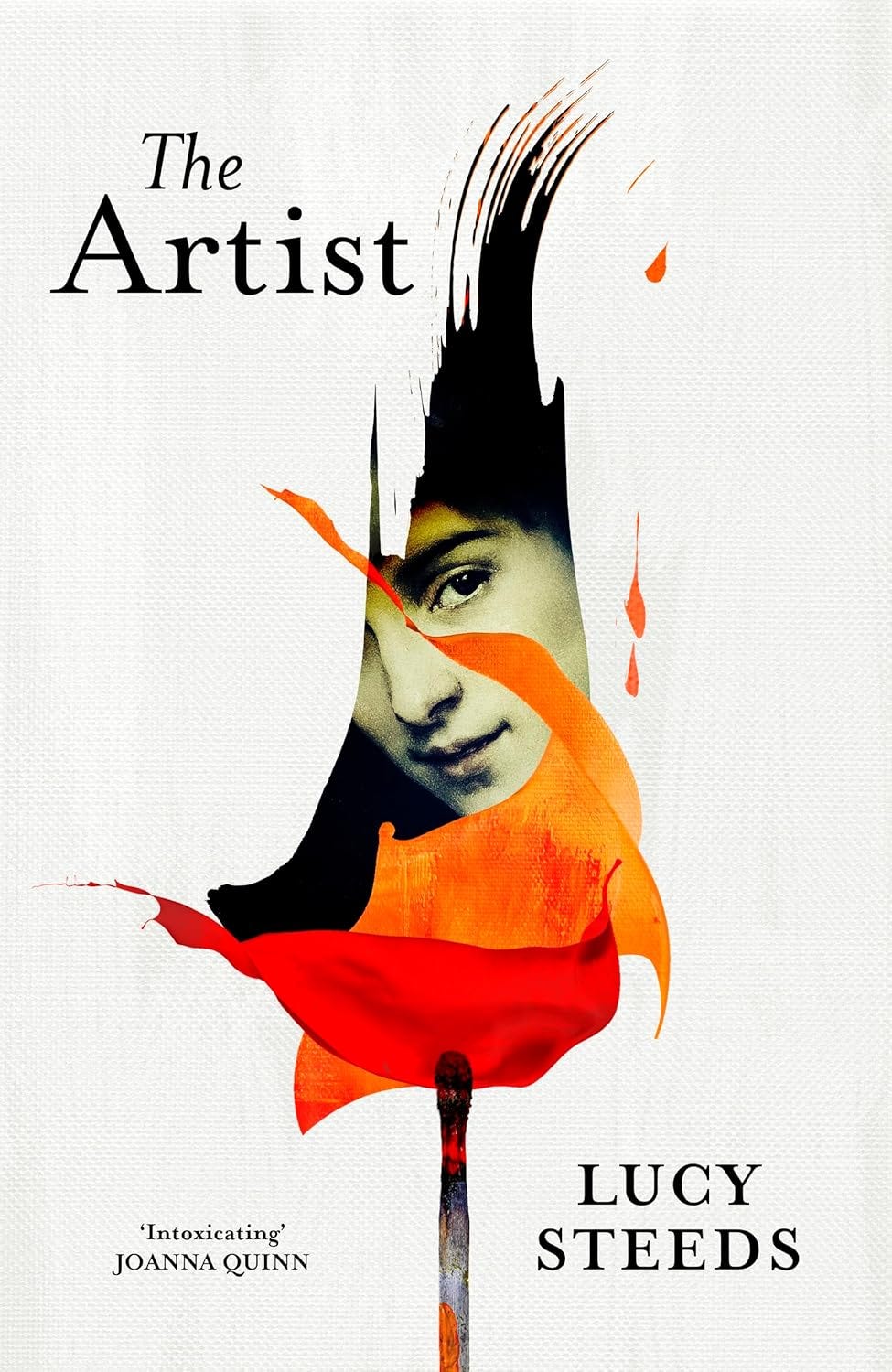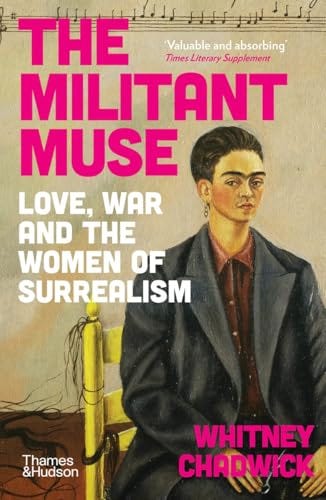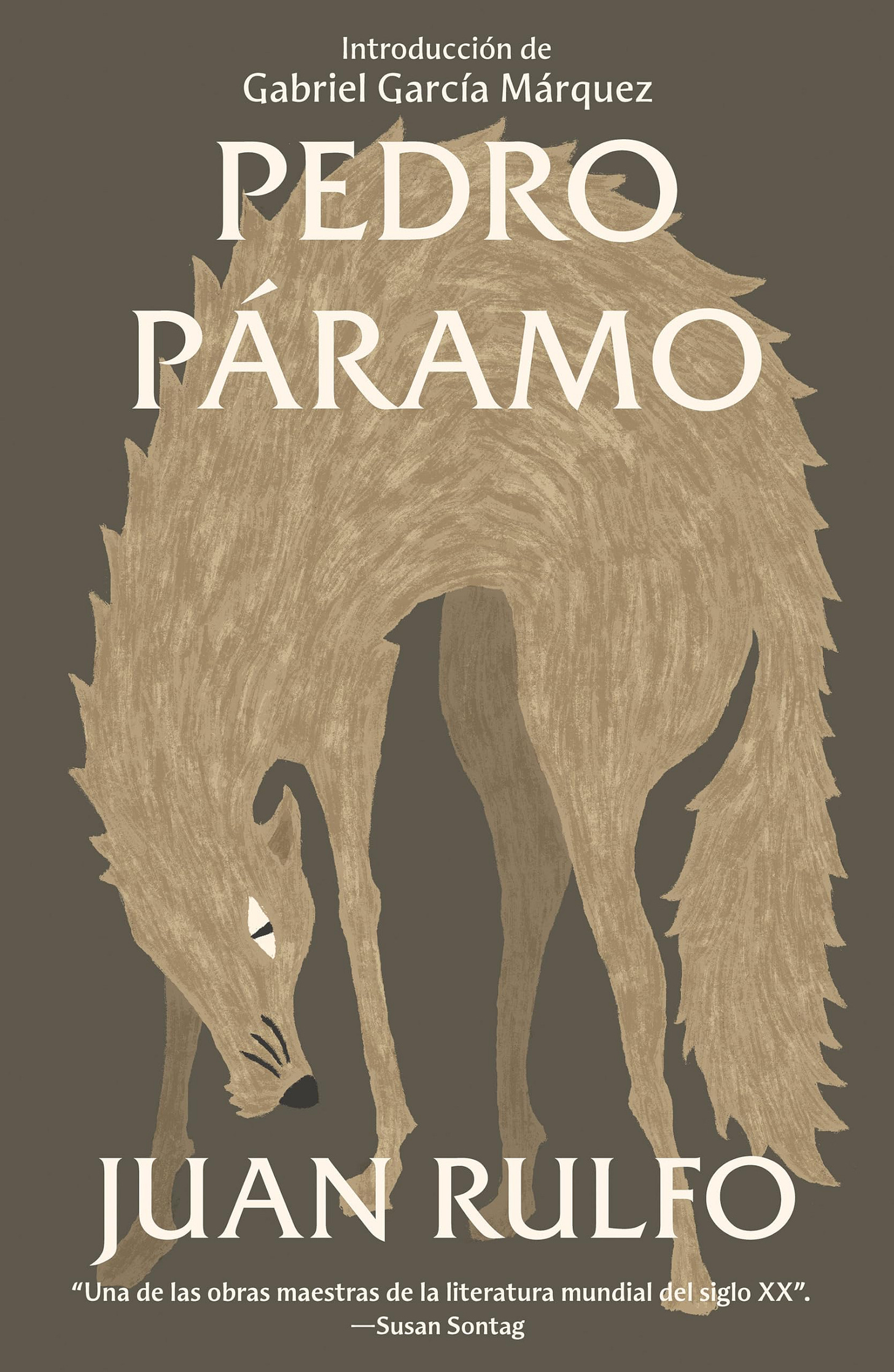Words for Worlds - Issue 103
Hello everyone, and welcome to another issue of The Words for Worlds newsletter.
It’s been raining podcasts this week. First up, The Sentence was a pick on the latest issue of the Octothorpe podcast. The novel is discussed from around the 1 hour 5 mins mark. I must say, hearing The Sentence being called “China Mieville, but with better editing” was not on my bingo card for 2025 (or ever!); but as someone who has used Mieville’s work as comparator titles for all my agent/publisher pitches for the last five years, I am extremely flattered.
Two podcasts that I’d done over the summer also went live this week. First up, I returned to the ArcX podcast (a series on South Asian speculative writers), in their season 2 (listen to the conversation here, expertly anchored by Anjali Alappat), talking about the novel and about the present state of South Asian SFF more generally. And then I was on the If This Goes On podcast, in a wide-ranging conversation covering The Wheel of Time, anarchism, the Paris Commune, the Mondragon Cooperative, publishing SFF in India, the sequel to The Sentence, and more (listen here).
As always, if you haven’t already, you can get your copy of The Sentence here.
What I’m Reading
In an unnamed Spanish village in the Pyrenees, its last surviving inhabitant lies on his deathbed. As he awaits the end, he plunges into a reverie about his own past - and the past of his village - and the slow decay of a once-full life into solitude - a solitude symbolised by the fall of yellow rain.
The Yellow Rain is a genuinely unclassifiable book, although the novel it reminded me most vividly is Juan Rulfo’s Pedro Paramo. Both novels are about the passing of community that was once alive into a terrain of ghosts, and both novels show us the world refracted through the interior landscape of their protagonists. Stylistically, both novels construct a cloying, almost oppressively bleak atmosphere, that colour and taint the actions of their characters. And both The Yellow Rain and Pedro Paramo are novels of unraveling, where a story that begins in medias res unravels strand by strand into its constituent elements, with its core premise creeping up on you without warning.
At an obvious level, The Yellow Rain is a novel about loneliness and melancholy. While reading it, however, I experienced another emotion, one that reminded me of Colm Toibin’s response to Francis Bacon’s 1944 painting, Three Studies for Figures at the Base of a Crucifixion. In his book of biographical sketches, Love in a Dark Time, Toibin says that the three figures, in their tortured, wordless expressions, call to mind a living being who once knew language, has since forgotten it, but still retains the memory of knowing it.
But more than loneliness and solitude, I found The Yellow Rain to communicate a sense of terror: as in Bacon’s painting, a sense of terror at once having possessed the faculty to live, and to experience life in the fullest way, having since lost it, and now left only with the memory of possessing that faculty (with no way to get it back). I cannot imagine a more fearful end than that.
In part, The Yellow Rain achieves this effect through a skilful synthesis between the protagonist’s interior landscape and the physical environment around him. In his essay, The Two Voices of Virgil’s Aeneid, Adam Perry notes the Roman poet’s technique of mirroring his characters’ emotions in the landscape around them. So, for example, at one point in the book, Llamazares articulates the corrosion of human relationships through the physical spread of rust through the buildings of the village - and remarkably sustains this image for the length of an entire chapter, making the reader feel as if they are plunged into the very realness of it. Or, you have these sharp, staccato bursts:
I remember I spent all day wandering around the village as if in a dream. Despite its undoubted reality. I could not believe what I was seeing. Fences, walls, roofs, windows, doors, everything around me was yellow. Yellow as straw. Yellow as the air on a stormy afternoon or like a lightning flash glimpsed in a bad dream. I could see it. feel it. touch it with my hands, staining my retina and mv fingers just like when I was a child at the old school, playing with paint. What I thought was an illusion, a fleeting visual and mental hallucination, was as real as the fact that I was still alive.
As Eduardo Galeano would describe the writing of Alejo Carpentier, he made you “feel the rain and smell the violent fragrances of the earth and the night.” And that is where the greatest power of this novel lies.
In an age where so much of our reading is curated via social media and online newsletters, there is something romantic about going to a bookshop, chancing upon a book you’ve never heard of, and picking it up solely on the strength of the blurb. That is what happened with me and The Artist (and also why I will always remain a votary of Delhi’s Bookshop Inc, as that is where such things frequently happen).
The Artist is set in 1920, in a country house in a remote part of Provence, where the lives of three individuals intersect - and then collide: Tartuffe, a famous and reclusive painter; Ettie, his niece, caretaker, and caregiver; and Joseph, a journalist newly arrived from London, hoping to make his name by writing a feature about Tartuffe. As the story progresses, however, Joseph finds that Ettie has long harboured an ambition to be a painter herself - an ambition that has been viciously thwarted by Tartuffe at every opportunity. Within Ettie, blazing talent and simmering resentment vie for supremacy, even as Joseph struggles to cultivate his own relationship with Tartuffe, while also grappling with the sparks of mutual attraction that have begun to arc between him and Ettie. Throw in a shocking cameo by Paul Cezanne, and the stage is set for a violently incandescent denouement.
The Artist is a novel that is best read in company, as so much of it is about experiences that are deeply individual, yet intimately shared, and the bridge between the two. Perhaps, indeed, that is the best way to do it full justice.
At its heart, the story is about a woman’s determination to become an artist in a patriarchal art world that sees women as models or muses, but not as painters. There are two things that set the novel apart. First, as an art historian, Lucy Steeds brings a depth and sensitivity to the story that is reminiscent, for example, of how Dona Tartt’s knowledge of classical Greece enriches The Secret History. And secondly, The Artist has one of the most brilliant endings to a novel that I’ve come across in recent times. The novel pivots on two hinges: Ettie’s desire to become an artist, and Ettie’s romance with Joseph. At one level, there is a tension between these two - the first, the struggle of an individual against patriarchy, the second something deeply relational. Steeds, however, crafts an ending that, if not reconciling these two elements, nonetheless manages to honour them both. Once you put the book down, you feel that this, in fact, was the only ending that could ever have been. Far too often, brilliant books are let down by endings that don’t quite stick; but if there was ever a book where the ending made the story, it is The Artist.
It is always a delightful feeling when your fiction and non-fiction reads - quite coincidentally - end up complementing each other. Every year, at the end of August, I spend a week in Budapest, where I make it a point to visit one of my favourite bookstore-that-is-not-a-bookstore in the world: the Hungarian National Gallery’s museum shop. There has not been a single occasion where I have not found an absolutely wonderful new book in their collection, and this time it was The Militant Muse: Love, War and the Women of Surrealism.
As I wrote above, the patriarchal world of art considered women as muses or models, but not as painters in their own right. The Militant Muse explores how surrealism in the inter-war years - under the leadership of Andre Breton - was particularly bad in this regard, and how, nonetheless, a set of women painters fought through these patriarchal barriers and crafted meaning in their own lives, through painting. In five chapters - dealing with five sets of intertwined lives - the book explores both the careers of these women painters, often in relation to, and against, male surrealist painters, but far more importantly, in relation to each other, as colleagues, comrades, and lovers. It also places it in the context of the global politics of the time - Stalinism, fascism, and the looming shadow of World War II. In these pages, I came across names that were familiar to me - such as Frida Kahlo - but, for the most part, names that I had not heard of before, such as Leonora Carrington.
One finishes this book with a renewed understanding of the truly corrosive impacts of patriarchy in the realm of art, but also, with a renewed determination to actively look beyond the received “canon,” to works that have been intentionally suppressed and erased, or just been allowed to be forgotten.
What’s Happening at Strange Horizons
The 25th August issue has a very interesting piece on NZ SF, titled “I’ll Laugh As You Bury Me: New Zealand, America and Cultural Hegemony.”
The Indian Scene
Congratulations to Abhijeet Sathe for a new story out in the excellent Translunar Travelers Lounge, titled “The Last Wills and Testaments of Captain Kolhe.” Read it here.
Recommendations Corner
I have mentioned Pedro Paramo above - and I’m sure I have recommended it in one of the 102 previous iterations of this newsletter - but then, you can never recommend this gem of Mexican literature enough. I read this book more than twelve years ago, and it has stayed with me since. The best review of the book I’ve read remains this 2008 Slate piece, which does an excellent job of synthesising some of its major themes.




